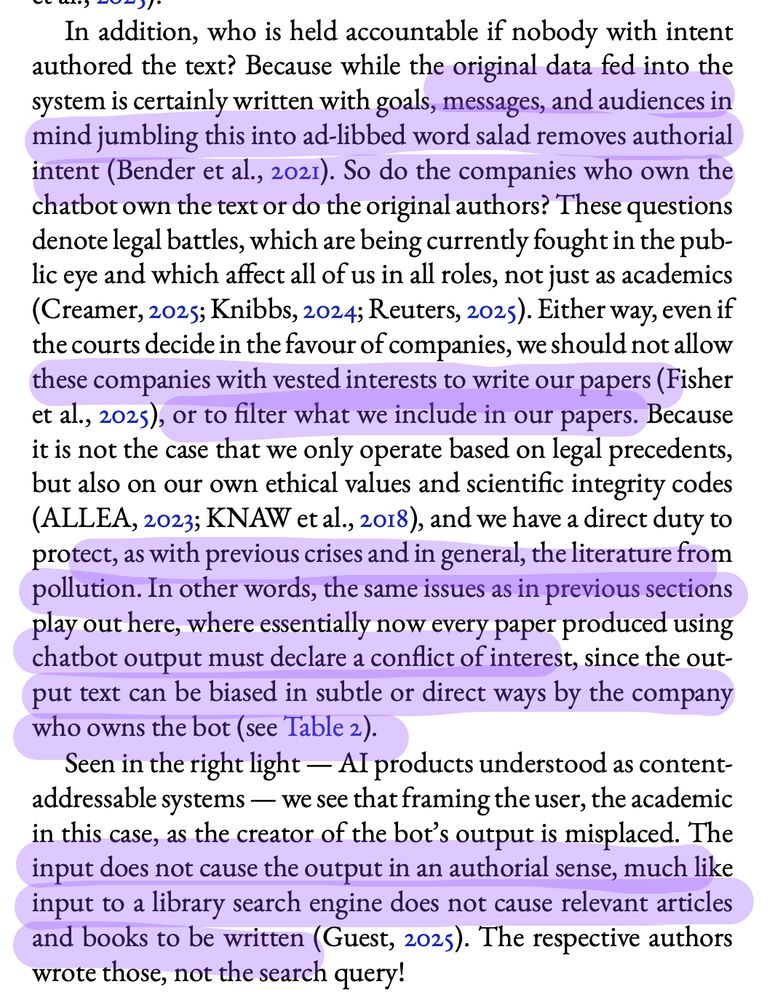Kristen Bottema-Beutel
@kbottemabeutel.bsky.social
3.3K followers
2.9K following
120 posts
Professor of Special Education at Boston College. I research autistic interpersonal interaction and social development. She/her. COI log: https://t.co/YwzPvxEyVb
Posts
Media
Videos
Starter Packs
Reposted by Kristen Bottema-Beutel
Reposted by Kristen Bottema-Beutel
Reposted by Kristen Bottema-Beutel
Reposted by Kristen Bottema-Beutel
Reposted by Kristen Bottema-Beutel
Reposted by Kristen Bottema-Beutel
Reposted by Kristen Bottema-Beutel
Reposted by Kristen Bottema-Beutel
Reposted by Kristen Bottema-Beutel
Reposted by Kristen Bottema-Beutel
Reposted by Kristen Bottema-Beutel
Reposted by Kristen Bottema-Beutel
Reposted by Kristen Bottema-Beutel
Reposted by Kristen Bottema-Beutel
Reposted by Kristen Bottema-Beutel
Reposted by Kristen Bottema-Beutel
Desi Jones
@desirjones.bsky.social
· Sep 8

“I’m Kind of Stuck in the Middle. I Don’t Know Where to Go”: Race, Autism, and Intersectional Stigma Among Black and White Autistic Adults | Autism in Adulthood
Background: Autistic adults frequently experience social stigma, which may be compounded by additional marginalized identities such as race, gender, and sexual orientation. Black autistic adults, in particular, may face unique challenges at the intersection of racial bias and autism stigma. However, the experiences of autistic people with intersecting marginalized identities remain underexplored in research, contributing to a limited understanding of stigma’s impact across diverse communities. Methods: We used qualitative methods to explore how intersecting identities shape autistic adults’ experiences of stigma and marginalization, with an emphasis on Black autistic adults. In total, 32 autistic adults (16 Black and 16 White) completed a semi-structured interview regarding their social experiences. Participants shared recent stories of peer exclusion, acceptance, discrimination, and support that they had experienced, as well as their feelings surrounding these events. We recorded and transcribed these interviews and used an inductive, or data-driven, approach to thematic analysis to identify salient themes in the data. Results: We generated three intersectional themes, which encompassed the unique impact of stigma on those with intersecting identities. Specifically, these themes included: (1) identity-based discrimination shaped by race, gender, and LGBTQ+ status; (2) challenges in obtaining and processing an autism diagnosis; and (3) difficulties navigating personal identity, particularly among Black autistic participants. While autistic adults broadly reported stigma experiences, Black participants often described layered forms of exclusion related to both their race and autistic traits. Across racial groups, women and LGBTQ+ participants also reported distinct forms of marginalization and erasure. Conclusion: These findings highlight how autism stigma intersects with other marginalized identities to shape social experiences. Black autistic adults, along with autistic women and LGBTQ+ autistic people, may encounter compounded barriers to acceptance, identity development, and belonging. These results underscore the need for more inclusive research and supports that attend to the diversity of autistic experiences.
www.liebertpub.com
Reposted by Kristen Bottema-Beutel




![5 Ghostwriter in the Machine
A unique selling point of these systems is conversing and writing in a human-like way. This is imminently understandable, although wrong-headed, when one realises these are systems that
essentially function as lossy2
content-addressable memory: when
input is given, the output generated by the model is text that
stochastically matches the input text. The reason text at the output looks novel is because by design the AI product performs
an automated version of what is known as mosaic or patchwork
plagiarism (Baždarić, 2013) — due to the nature of input masking and next token prediction, the output essentially uses similar words in similar orders to what it has been exposed to. This
makes the automated flagging of plagiarism unlikely, which is
also true when students or colleagues perform this type of copypaste and then thesaurus trick, and true when so-called AI plagiarism detectors falsely claim to detect AI-produced text (Edwards, 2023a). This aspect of LLM-based AI products can be
seen as an automation of plagiarism and especially of the research paper mill (Guest, 2025; Guest, Suarez, et al., 2025; van
Rooij, 2022): the “churn[ing] out [of] fake or poor-quality journal papers” (Sanderson, 2024; Committee on Publication Ethics,](https://cdn.bsky.app/img/feed_thumbnail/plain/did:plc:vsyj5jtayxcq5dw5mtja4xtb/bafkreifmac3sz5upxcmvhzbqfb3p2yt6cy7tkshv3ere7ttffsm6qmmboq@jpeg)














